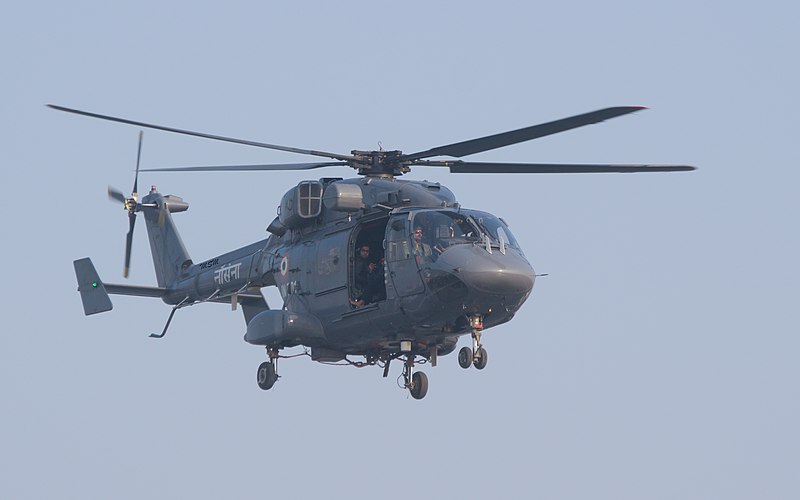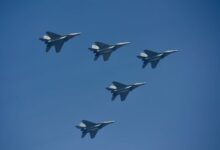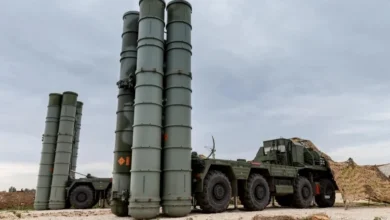Flight To Perfection: Fixing Dhruv Copter Flaws On A Priority Basis

- India also wants to send more of the 5.5-tonne choppers abroad in the years to come.
- The ALHs have flown a total of more than 3.9 million hours, with "lower than international standards" for accidents per million hours of flight.
A top defense official said on Wednesday that design and metalwork flaws in a key part of the country’s own Dhruv advanced light helicopter (ALH) that may have caused a series of accidents in recent months have been found and are being fixed as soon as possible.
“After Hindustan Aeronautics (HAL), the company that makes the ALH helicopters, found and fixed the problem and did thorough technical checks, the helicopters are being cleared to fly in batches,” the source said.
After four big accidents in the past few months, all of the armed forces’ more than 300 twin-engine helicopters have been grounded twice. Some helicopters have had a “failure of the collective,” which is the part that controls the flow of power to the rotors and back. The armed forces also had concerns about the metal used in the “control rods” of the ALH gearboxes. The official said that during the investigations into the four crashes, “a mix of design and metallurgical issues” came to the forefront. “We have tried to get that part replaced, and it’s in the works,” he said.
First, in October of last year, an armed version of the ALH called Rudra crashed in Arunachal Pradesh, killing two officers and three troops. Then, in March, two ALHs crashed back-to-back. On May 4, an Army ALH Mark-III crashed in the Kishtwar area of J&K. One soldier was killed and the two pilots were badly hurt.
After the four crashes, there were calls for a full investigation into the problems with the helicopter fleet and for the right people to be held accountable. This is because the ALHs are the workhorses of the armed forces and are very important in the ongoing effort to make military production more self-sufficient. India also wants to send more of the 5.5-tonne choppers abroad in the years to come.
The Army has more than 180 Dhruvs, of which about 60 are Rudras. The IAF has 75, the Navy has 23, and the Coast Guard has 18. HAL says that the ALH is “a proven helicopter” that has shown its worth in many utility jobs. Since their use began in 2002, the ALHs have flown a total of more than 3.9 million hours, with “lower than international standards” for accidents per million hours of flight. But over the years, at least 24 of them have crashed.







Facebook Comments